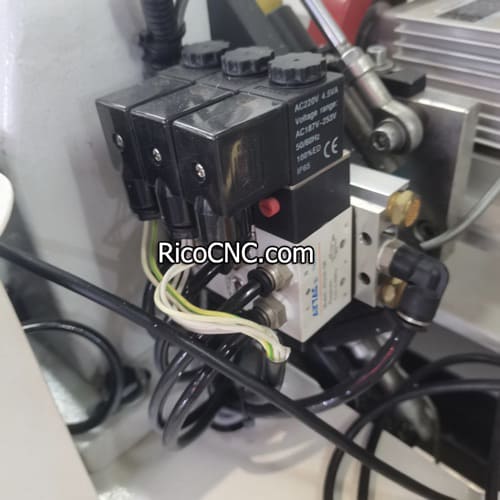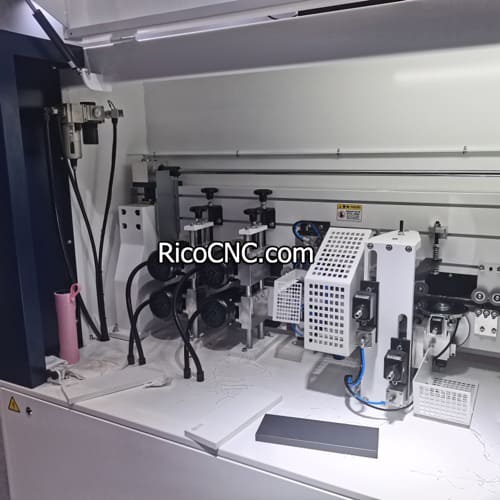
How to Fix a Solenoid Valve
Solenoid valves are essential components in many fluid control systems, used in everything from automotive to industrial automation to home appliances. However, like any mechanical part, they can sometimes face issues that require maintenance or repair. Understanding how to diagnose and fix a solenoid valve can save time, money, and reduce downtime in critical operations. In this guide, we will walk through the most effective ways to troubleshoot and repair a solenoid valve, covering everything from simple cleaning to part replacement.
Common Issues with Solenoid Valves
1. Valve Fails to Open or Close
One of the most frequent problems with a solenoid valve is that it either fails to open or fails to close. This can happen for several reasons:
Power Supply Issues: Always start by checking the electrical supply. Solenoid valves rely on a steady voltage to operate properly. If the solenoid coil does not receive the correct voltage, it may not generate enough magnetic field to move the plunger.
- Debris in the Valve Body: Dust and other particles can get into the valve body and prevent the plunger from moving freely. This is common in systems without proper filtration.
- Damaged Solenoid Coil: The solenoid coil can get burned out, especially if the valve has been left energized for too long. In such cases, replacing the coil is necessary.
For instance, if your SV610 SYM Solenoid Valve isn't opening correctly, it could be an issue with the power supply or coil. Consider checking out the product page for more detailed specifications: SV610 SYM Solenoid Valve.
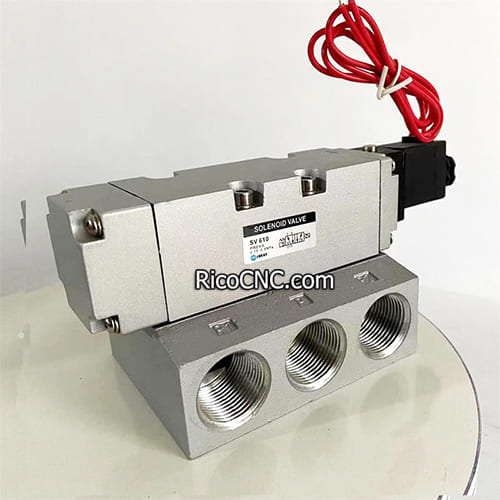
Tools Required for Repair
Before starting the repair process, it is crucial to gather the necessary tools. Here is a list of items you may need:
Multimeter: To check the continuity and voltage supply of the solenoid coil.
- Wrenches and Screwdrivers: To disassemble the valve from the system and open up its components.
- Compressed Air: To blow out any debris lodged inside the valve.
- Replacement Parts: Such as new coils or seals if they are damaged.
- Cleaning Solvent: To clean the valve body, ensuring that there is no rust or residue.
Having the right tools is critical for successful valve repair and can make the process smoother and safer.
Step-by-Step Guide to Fixing a Solenoid Valve
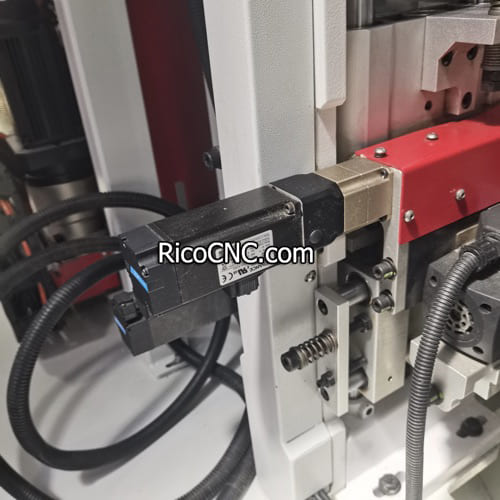
Step 1: Disconnect and Inspect the Valve
Turn Off Power and Pressure: The first step is to de-energize the valve by turning off the electrical supply. Also, relieve any fluid pressure in the system to avoid accidents.
- Disconnect from System: Use the necessary wrenches to remove the valve from the piping system.
- Visual Inspection: Look for any visible signs of damage such as cracks, wear on seals, or burn marks on the solenoid coil.
A thorough inspection can often reveal the root cause of the problem, be it a damaged part or a blockage in the valve body.
Step 2: Test the Solenoid Coil
The solenoid coil is responsible for generating the magnetic force that moves the plunger, which in turn opens or closes the valve.
Use a Multimeter: Set your multimeter to measure resistance (ohms). Place the probes on the two terminals of the solenoid coil.
- Check Resistance: A healthy coil should have a specific resistance value. If the multimeter reads an open circuit (infinite resistance) or no resistance (zero ohms), the coil is likely damaged.
If the coil is faulty, replacing it with a new one is often the only solution. You can find various solenoid coils that may fit your application, such as the 1824210260 AVENTICS Solenoid Valve Coil.
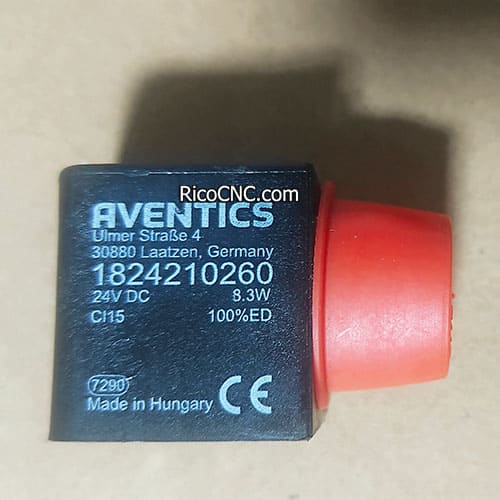
Step 3: Disassemble and Clean the Valve
Sometimes, the issue lies in dirt or grime inside the valve. Cleaning the valve can resolve many operational problems.
Remove the Coil and Plunger: Carefully remove the solenoid coil and plunger from the valve body.
Inspect and Clean: Check for any visible obstructions or signs of corrosion. Use compressed air to blow out any dust or particles. Clean the internal surfaces using a mild cleaning solvent.
Check the Seal: Ensure that all seals are in good condition and replace any that are worn or damaged.
Step 4: Replace Damaged Components
If cleaning does not solve the problem, you may need to replace specific components.
Replace the Coil: If the solenoid coil shows no resistance, replace it with a compatible model.
Replace Seals and Springs: The spring that helps return the plunger to its resting position can weaken over time. Replacing it can often restore the functionality of the valve.
You may consider replacing the valve entirely if multiple components are damaged, such as in cases involving the R414002403 Aventics Pneumatic Solenoid Valve. For more details on replacements, see R414002403 Aventics Pneumatic Solenoid Valve.
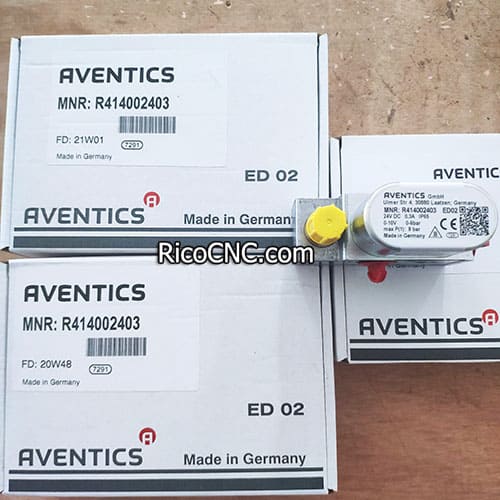
Step 5: Reassemble and Test
Reassemble the Valve: Place the plunger, spring, and other internal components back into the valve body. Attach the solenoid coil securely.
Reconnect the Valve to the System: Install the valve back in the system and reconnect the electrical supply.
Test Operation: Energize the solenoid coil and observe the valve's operation. Make sure it opens and closes smoothly without any hitches. Check for any leaks or unusual noises.
Troubleshooting Tips
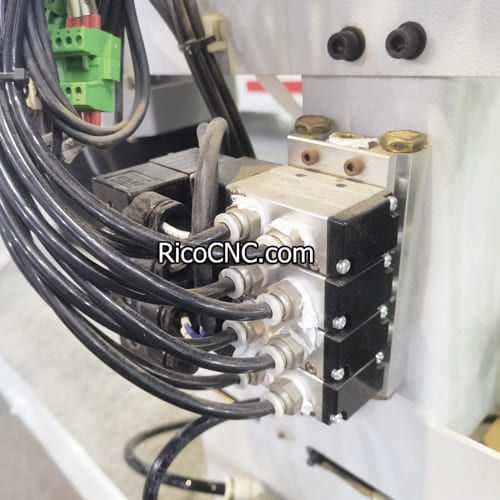
1. Valve is Stuck in One Position
If your solenoid valve is stuck in the open or closed position, ensure that:
The solenoid coil is receiving the correct voltage.
- There is no debris obstructing the plunger.
- The spring is not worn or broken.
2. Valve is Leaking
A leaking solenoid valve usually means that the seals are worn or misaligned. Inspect all seals and replace any that are compromised. It is also essential to check the valve body for cracks.
3. Noisy Operation
If the valve is making an unusual noise when energized, it could be due to incorrect voltage or a loose coil. Tighten any loose components and verify that the voltage matches the specifications for the valve.
Internal Links for Further Information
To gain more insights about solenoid valves and their maintenance, consider exploring these links:
Discover more about servo drives and their applications in fluid control systems.
Learn about pneumatic valves and their role in automation from our extensive range of Aventics Solenoid Valve Pneumatic Pilot Valves.
Explore the MSMD042P1U Panasonic AC Servo Motor for CNC Machines, perfect for use in automated systems.
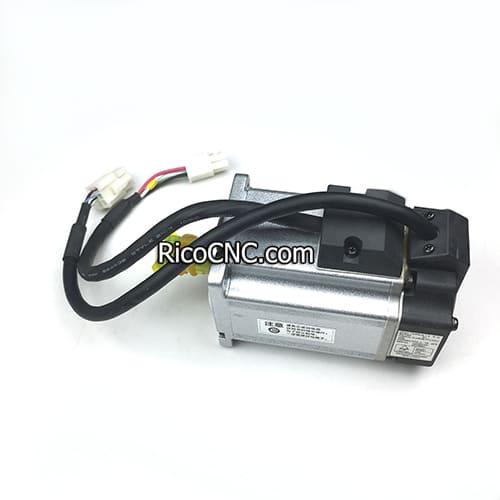
Frequently Asked Questions About Fixing Solenoid Valves
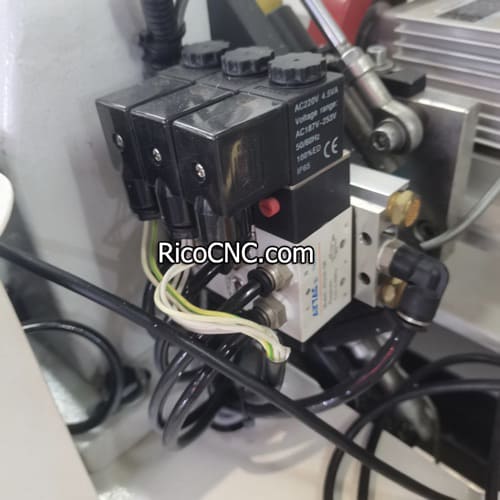
1. How do I know if my solenoid valve coil is burned out?
If your solenoid valve coil is burned out, it will likely not generate a magnetic field, which can be checked using a multimeter. If the reading shows infinite resistance or no resistance, the coil needs replacement.
2. What should I do if my solenoid valve is leaking?
Check the seals and gaskets for damage or wear. Replace any faulty seals and ensure the valve is securely installed to prevent leakage.
3. Why is my solenoid valve not opening?
A solenoid valve may not open due to issues like insufficient voltage, a damaged coil, or blockages inside the valve. Inspect these components and ensure there is no dirt blocking the valve mechanism.
4. Can I use any coil as a replacement for my solenoid valve?
No, it is essential to use a compatible coil that matches the voltage and specifications of your solenoid valve to ensure proper operation.
5. How often should solenoid valves be serviced?
The frequency of servicing a solenoid valve depends on its application and environment. In general, annual maintenance is recommended to inspect and clean internal components.
Conclusion
Solenoid valves are critical components in a wide variety of systems, offering precision, reliability, and automation. However, like all mechanical devices, they are prone to wear and tear. Learning how to effectively diagnose and repair common issues in solenoid valves can save you both time and money, ensuring that your systems remain operational with minimal downtime. Whether it's a simple coil replacement or an in-depth cleaning, proper maintenance practices are key to extending the life and efficiency of your solenoid valves.
If you're considering replacing parts or need further assistance, feel free to reach out. We offer a wide range of solenoid valve components to suit different applications and operational requirements.








